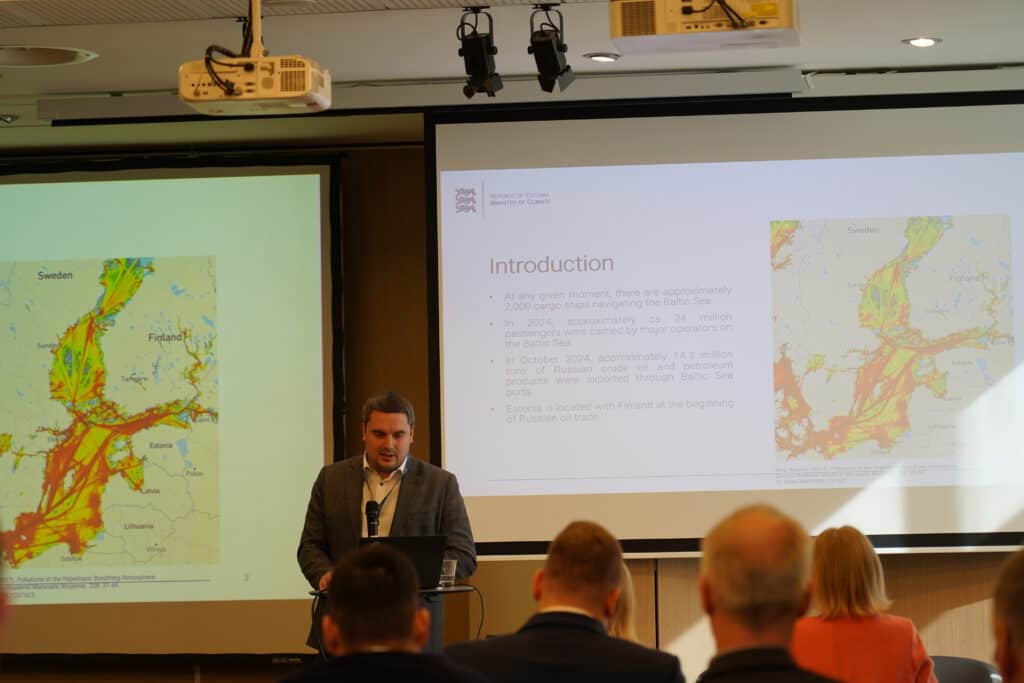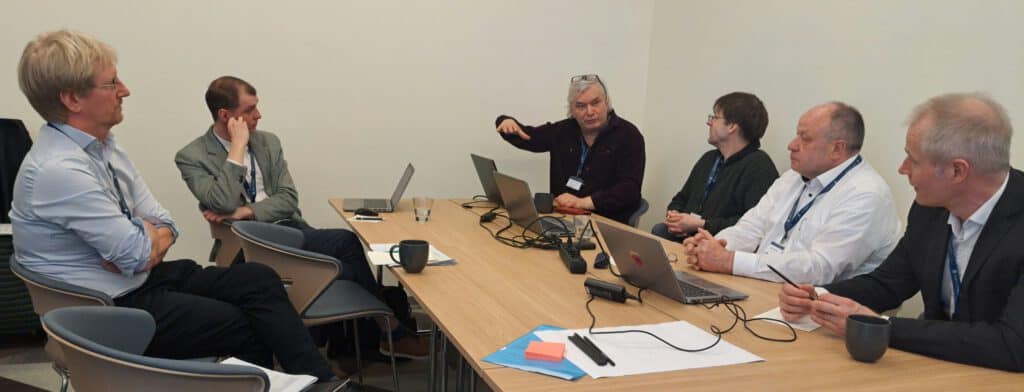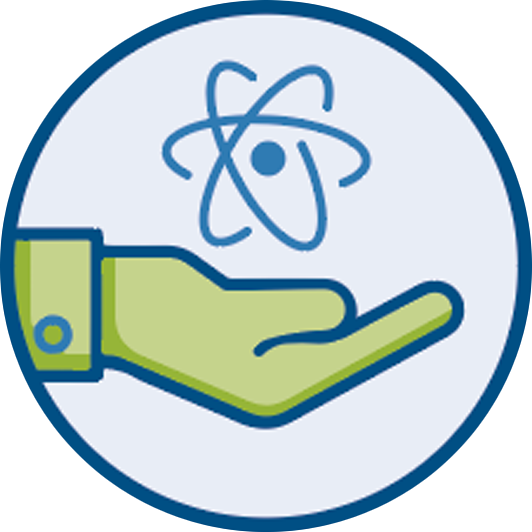
Facing the evolving risk environments together - Ideas and future directions for risk management from the OpenRisk II mid-term conference
14 April 2025
As the OpenRisk II project reaches its halfway point, the mid-term conference was held in Tallinn, Estonia, on 26–27 March 2025. The conference aimed to foster discussions on the current risk environment in the Baltic Sea and showcase the progress made in the OpenRisk II risk management tools. Engaging presentations and access to pilot versions of the tools set the stage for productive discussions. Valuable feedback was collected from potential end-users, helping to shape the second half of the project.
You can access the key findings in the mid-term conference report, along with all presentations, at the end of this page.
Highlighting challenges and tools for risk management
The two-day conference was hosted by the University of Tartu and co-organized by the Gdańsk University of Technology alongside other project partners. The first day featured keynote presentations that explored international risk assessment practices, tools developed by global organisations, the state of the Baltic Sea’s risk environment, and end-user needs regarding risk management tools.
Presentations and discussions emphasised the need to adapt to emerging threats and new challenges. For example, there is a growing need to evaluate response capacity to low-sulphur oil spills using current knowledge and technologies. This, in turn, requires refining existing simulation models to account for the properties, effects, and behaviour of these new fuels. Another key issue raised was the increase in vessel gatherings in the Gulf of Finland and the broader challenge of the ‘shadow fleet’ in the Baltic Sea, both of which pose significant risks.

Jaak Viilipus from the Estonian Ministry of Climate providing and interesting overview of the current risk environment at the Baltic Sea and especially the Gulf of Finland.
To be better prepared these challenges in the future, fostering collaboration to address evolving risk environments remains crucial. This includes sharing of expertise and best practices within sea basins and on a global scale. Joint risk assessment and risk management tools represent a step in the right direction, particularly as not all countries currently have easily comparable approaches for risk analysis. Furthermore, while significant improvements have been made in data sharing and accessibility for risk management, these areas still require further cooperation.
The day continued with presentations from the OpenRisk II team, outlining the features and current status of the risk management tools. This session served as a useful transition to the second day of the conference, as while the tools generated strong interest, some questions remained unanswered.
Answering to end-user needs and question on the OpenRisk II tools
The second day was dedicated to piloting the OpenRisk II tools. Three parallel workshops on AISyRisk Baltic, EcoSensitivity and Quality of risk management and assessment tools, providing participants with the opportunity to ask questions, share ideas, and offer feedback.

The workshops encouraged participants to provide feedback and discuss what is needed to bring these tools into operational use.
Overall, all the tools were well received by the participants, highlighting their potential to fulfil the purpose they were designed for. A key issue to consider is how to realise this potential and ensure the tools are put to use. Topics such as easily interpretable results and the possibility of integrating the tools with each other and with existing risk management systems are important considerations to keep in mind when continuing the piloting process. Additionally, as the tools are still in the development phase, further technical improvements are needed to make them more user-friendly. For more comprehensive summaries of the workshop results, see the Mid-term conference report below.
As the OpenRisk II project moves into its latter half, the development and piloting of these tools will continue. Special attention will be given to ensuring the tools are fully operational and that end-users are actively engaged in integrating them into existing and evolving risk management practices.
Outputs from the conference
Access the OpenRisk II Mid-term Conference report.
You can download the conference presentations below.
- International Approach to Risk Management: The IALA risk management toolbox – Omar Frits Eriksson, Deputy Secretary-General, IALA
- EMSA’s work in support of Risk Assessment and ongoing discussions to make the PRS toolbox future proof – Víctor Díaz Seco, Senior officer, European Maritime Safety Agency (EMSA)
- National and regional approaches in managing hybrid threats in the current situation on Baltic Sea – Jaak Viilipus, Head of the Maritime Affairs Department, Ministry of Climate (Estonia)
- Reflections on the keynote presentation and further points for discussion – Sakari Kuikka, Professor, University of Helsinki
- Presentations from the OpenRisk II team, outside of the workshops, are compiled into one document available here.
- The workshop presentations are available here: AISyRisk Baltic & Ice module -workshop and R-Mare & Risk quality method for tendering process -workshop.






